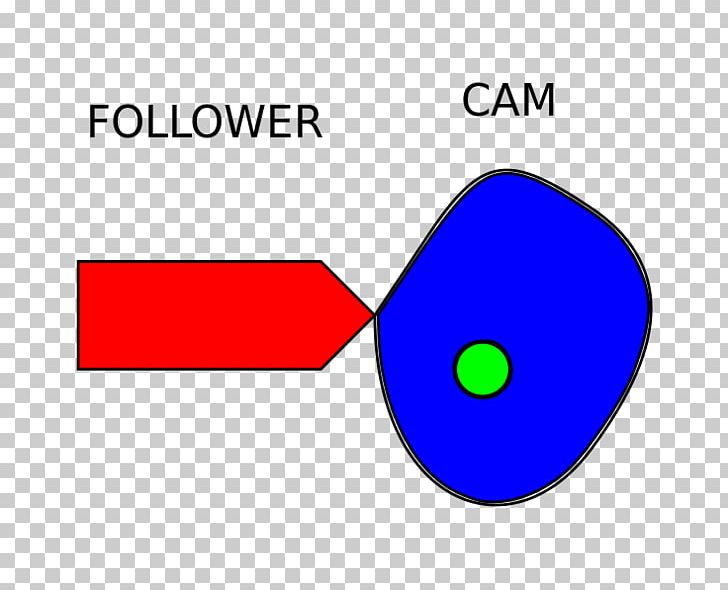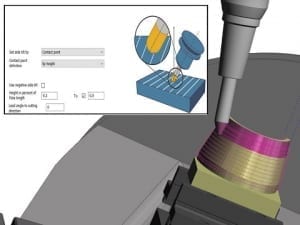


Though sewing machines had been traditionally japanned in black with gold decals, Elna was finished in a distinctive matte green, giving rise to the machine's popular nickname, the Grasshopper. It weighed less than 7 kg thanks largely to a body made from molded aluminium instead of heavy cast iron. Elna's drop-in rotary hook runs with little movement or noise, unlike oscillating shuttle machines popular at the time, which require a bobbin case and vibrate at high speeds due to air resistance.Ĭasas also recognized that "when a woman finishes sewing she wants to get the machine out of the way," so Elna was designed to be portable and easily stored. A free arm greatly simplifies sewing tasks like darning and hemming on delicate fabrics and difficult-to-reach seams-uses for which Elna was heavily advertised. A free arm houses the machine's feeder and bobbin driver in a tubular arm-shaped bed, enabling material to be wrapped around the mechanism during sewing rather than simply resting on top of it. Its most significant innovation is its free arm, a feature previously found only on industrial sewing machines. The first Elna, removed from its metal caseĮlna was a radical departure from its competitors, and its success permanently changed the home sewing machine market, introducing features now considered standard.

SA had been entered into the cantonal company register, though export did not begin in earnest until after the end of the war. With most of Europe's manufacturing economy still devastated, Elna's market position was very favorable as post-war demand for sewing machines rose. Living in a Geneva hotel room, lacking capital or equipment, Casas sold his patents to Tavaro through a holding company, and the first Elnas left the factory in 1940. Ramon Casas Robert, a Spanish engineer, a working prototype was reportedly complete as early as 1934, but development was interrupted by the Spanish Civil War, and Casas was forced to emigrate to Switzerland. Tavaro's first sewing machine had no official name, just a model number (500890) but it was consistently referred to in sales literature simply as Elna (without a definite article). At first, the factory exported watch parts & movements to the United Kingdom, in violation of wartime trade restrictions, for which the firm was recognized by the British government. When the Swiss federal government restricted, then banned, exports of war materiel, Tavaro shifted to peaceful industry.

Tavaro was once responsible for a full 11% of Swiss military sales to Nazi Germany. The company was known for high-quality clockwork artillery fuzes, which saw use most notably in the German 88mm anti-aircraft gun. The firm began as Ateliers Mécaniques de Précision Tavaro SA, founded as an export division of the Tavannes Watch Company (today part of Sandoz). A Tavaro-made artillery fuze, Hämeenlinna Military Museum, Finland


 0 kommentar(er)
0 kommentar(er)
